-
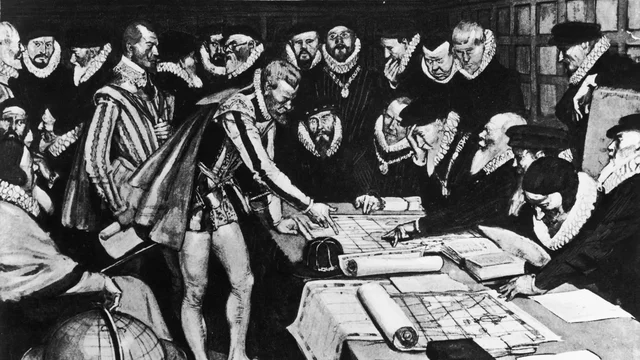 In 1834, the British East India Company lost its monopoly over British opium. To compete for customers, dealers lowered their selling price, which made it easier for more people in China to buy opium. "It was a year of typhoons, bad harvests, and famine; the vast land of China was overrun with beggars and bandits. "(Allende 187) They were describing Tao Chien’s early childhood life and how badly in debt his family was, which led to his mom’s death.
In 1834, the British East India Company lost its monopoly over British opium. To compete for customers, dealers lowered their selling price, which made it easier for more people in China to buy opium. "It was a year of typhoons, bad harvests, and famine; the vast land of China was overrun with beggars and bandits. "(Allende 187) They were describing Tao Chien’s early childhood life and how badly in debt his family was, which led to his mom’s death. -
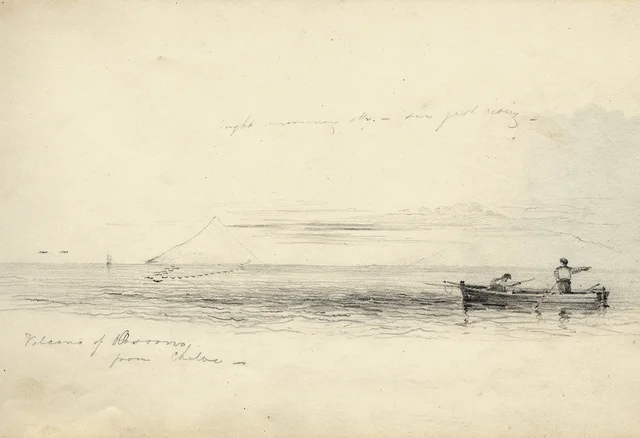 “Darwin was in Valdivia where the damage was relatively slight but in Concepción, a tidal wave engulfed the town demolishing most of the buildings.” (darwinproject.com) ”while with earthquakes the church bells clanged, announcing the catastrophe as everyone was scrambling through the rubble.” (Allende 7) In 1835, earthquakes and heavy rains flooded many Chilean towns, destroying countless homes and buildings ultimately setting the country back economically and socially.
“Darwin was in Valdivia where the damage was relatively slight but in Concepción, a tidal wave engulfed the town demolishing most of the buildings.” (darwinproject.com) ”while with earthquakes the church bells clanged, announcing the catastrophe as everyone was scrambling through the rubble.” (Allende 7) In 1835, earthquakes and heavy rains flooded many Chilean towns, destroying countless homes and buildings ultimately setting the country back economically and socially. -
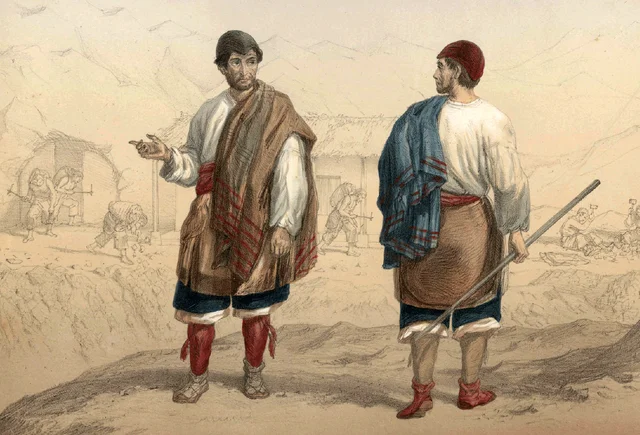 “the Chilean silver rush of the mid-19th century did much to drive demographic, infrastructural and economic growth helping to modernise Chile and turn it into one of South America’s strongest economies.” (aftermathsilver.com) “To top it off rich veins of silver and gold were discovered in the north” (Allende 65)” After withstanding a series of natural disasters in previous years, Chile restructured and made an economic comeback with the discovery of silver and gold within their mining systems
“the Chilean silver rush of the mid-19th century did much to drive demographic, infrastructural and economic growth helping to modernise Chile and turn it into one of South America’s strongest economies.” (aftermathsilver.com) “To top it off rich veins of silver and gold were discovered in the north” (Allende 65)” After withstanding a series of natural disasters in previous years, Chile restructured and made an economic comeback with the discovery of silver and gold within their mining systems -
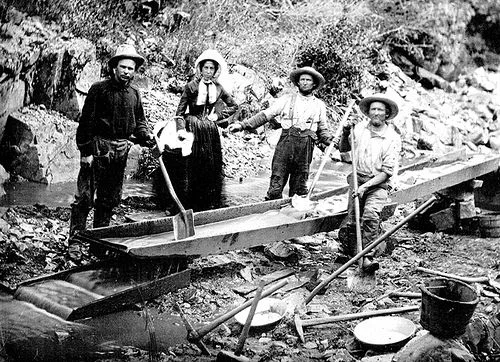 “The California Gold Rush was sparked by the discovery of gold nuggets in the Sacramento Valley in early 1848 and was arguably one of the most significant events to shape American history during the first half of the 19th century.” (history.com) “By that time there were more than 100,000 argonauts” (Allende 329) They were describing the environment of San Francisco as Eliza was trying to blend in with miners as Joaquin’s brother.
“The California Gold Rush was sparked by the discovery of gold nuggets in the Sacramento Valley in early 1848 and was arguably one of the most significant events to shape American history during the first half of the 19th century.” (history.com) “By that time there were more than 100,000 argonauts” (Allende 329) They were describing the environment of San Francisco as Eliza was trying to blend in with miners as Joaquin’s brother. -
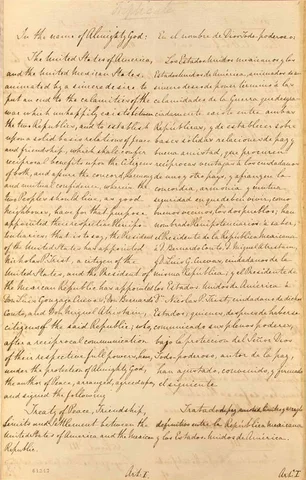 This treaty, signed on February 2, 1848, ended the war between the United States and Mexico. By its terms, Mexico ceded 55 percent of its territory, including the present-day states California, Nevada, Utah, New Mexico, most of Arizona and Colorado, and parts of Oklahoma, Kansas, and Wyoming. "The yellow pellet that unleashed the madness was found nine days after the war between Mexico and the United States had ended with the signing of the Treaty of Guadalupe Hidalgo" (Allende 96 PDF)
This treaty, signed on February 2, 1848, ended the war between the United States and Mexico. By its terms, Mexico ceded 55 percent of its territory, including the present-day states California, Nevada, Utah, New Mexico, most of Arizona and Colorado, and parts of Oklahoma, Kansas, and Wyoming. "The yellow pellet that unleashed the madness was found nine days after the war between Mexico and the United States had ended with the signing of the Treaty of Guadalupe Hidalgo" (Allende 96 PDF) -
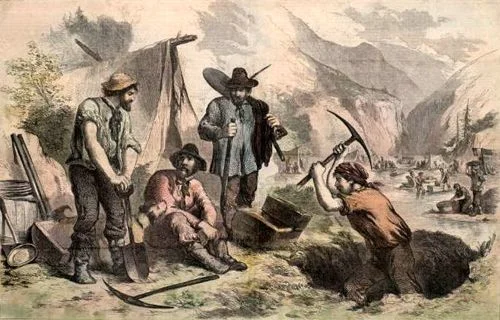 ”The first American Gold Rushers to sail for California via Cape Horn arrive in San Francisco.”
”The first American Gold Rushers to sail for California via Cape Horn arrive in San Francisco.”
https://www.shmoop.com "The hordes of argonauts kept arriving, ever faster and in greater numbers. As Sacramento was the port of access, it did not suffer the fate of dozens of other towns." (Allende 197 PDF) -
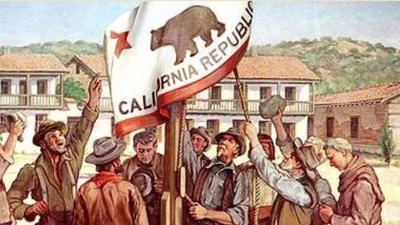 “California became the 31st state on September 9, 1850. The Golden State’s rich history has since been shaped by people of every ethnic background who traveled here seeking economic, social and educational opportunity, and a life of quality and breathtaking beauty.“ (parks.ca.gov) “By the time the news spread, California no longer belonged to Mexico. That territory had been largely ignored before it was known that it was sitting on a never-ending treasure.” (Allende 96 PDF)
“California became the 31st state on September 9, 1850. The Golden State’s rich history has since been shaped by people of every ethnic background who traveled here seeking economic, social and educational opportunity, and a life of quality and breathtaking beauty.“ (parks.ca.gov) “By the time the news spread, California no longer belonged to Mexico. That territory had been largely ignored before it was known that it was sitting on a never-ending treasure.” (Allende 96 PDF) -
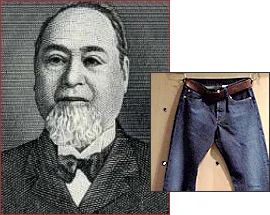 “In 1853, Levi Strauss, an immigrant from Bavaria, opened a dry goods company in San Francisco at the height of the California Gold Rush.” (levistrauss.com) “like that tailor named Levi who was making pants with double seams and metal studs, the obligatory miner's uniform” (Allende 255 PDF) As miners began to head back home due to failure in finding gold, some men like Levi found another way to make a fortune, by tailoring high quality jeans. Which were a miner’s obligatory uniform.
“In 1853, Levi Strauss, an immigrant from Bavaria, opened a dry goods company in San Francisco at the height of the California Gold Rush.” (levistrauss.com) “like that tailor named Levi who was making pants with double seams and metal studs, the obligatory miner's uniform” (Allende 255 PDF) As miners began to head back home due to failure in finding gold, some men like Levi found another way to make a fortune, by tailoring high quality jeans. Which were a miner’s obligatory uniform.
